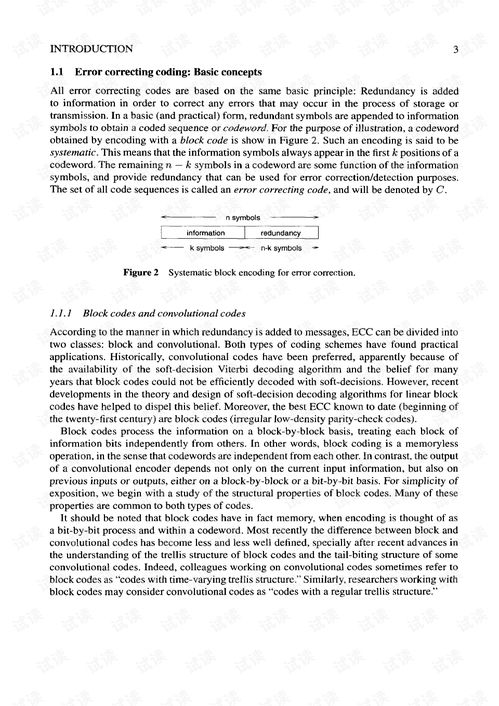Introduction:
Carp fishing, with its timeless appeal and the thrill of the catch, has been a favorite pastime for anglers worldwide. Whether you are a seasoned fisherman or a beginner looking to hone your skills, mastering the art of carp fishing requires a blend of knowledge, patience, and the right techniques. In this article, we will provide a comprehensive guide to carp fishing techniques, offering tips and tricks to help you become a more successful angler.
Understanding Carp Behavior:
Before diving into the fishing techniques, it is crucial to understand the behavior of carp. Carp are bottom feeders and are often found in slow-moving waters with plenty of vegetation. They are known for their strong swimming abilities and can be quite elusive. Here are some key points to consider:
- Feeding Patterns: Carp are most active during dawn and dusk, but they can feed at any time if conditions are right.
- Water Temperature: Carp are most active in water temperatures ranging from 60°F to 75°F (15°C to 24°C).
- Habitat: Look for areas with dense vegetation, weed beds, or submerged structures where carp can hide and feed.
Choosing the Right Equipment:
The right equipment can make a significant difference in your carp fishing success. Here’s what you need to consider:
- Rod and Reel: A medium-heavy action rod with a sensitive tip is ideal for carp fishing. A multiplier reel with a good drag system is also essential.
- Line: Use a monofilament line with a breaking strain of 10-15 pounds (4.5-6.8 kg) for general carp fishing.
- Hook: A size 6-10 hook is suitable for most carp, but it depends on the size of the bait and the species of carp you are targeting.
- Bait: Live bait, such as worms, maggots, or bread, is a classic choice. Artificial baits like boilies and pellets can also be effective.
Carp Fishing Techniques:

Now that you have the right equipment, let’s delve into some effective carp fishing techniques:
Baiting Techniques: There are several methods to present your bait to carp. The most common include the paternoster rig, the leger, and the maggot rig. Each has its advantages and is suitable for different conditions.
Paternoster Rig: This rig involves a running sinker, a swivel, and a mainline with a hook link. It allows your bait to be presented at different depths, which can be crucial in varying water conditions.
Leger Rig: The leger rig is a simple setup with a running sinker, a swivel, and a hook link. It is effective for presenting baits at a fixed depth.
Maggot Rig: This rig involves threading maggots directly onto the hook. It is a great option for attracting carp in areas with a lot of competition.
Trolling Techniques: Trolling can be an effective way to cover more water and attract carp. Use a slow troll speed and vary your lure presentation to mimic natural movements.
Bank Fishing Techniques: When fishing from the bank, it is essential to be patient and quiet. Approach the water carefully and try to minimize noise and movement. Look for areas with structure or cover where carp might be hiding.
Patience and Observation:
Carp fishing requires patience and observation. Here are some tips to help you be more successful:
- Observe the Water: Pay attention to the water’s surface for signs of carp activity, such as boils or splashes.
- Adjust Your Approach: If you are not getting bites, try changing your bait, rig, or fishing technique.
- Stay Quiet: Carp are sensitive to noise, so try to minimize your movements and conversations.
Conclusion:
Carp fishing is a rewarding and challenging pursuit that requires a combination of knowledge, skill, and patience. By understanding carp behavior, choosing the right equipment, and employing effective fishing techniques, you can increase your chances of success. Remember to always respect the environment and the fish you are targeting. With practice and experience, you will become a more skilled and successful carp angler. Happy fishing!












